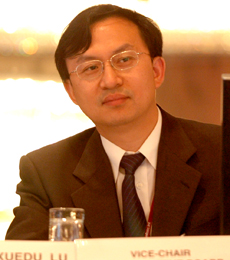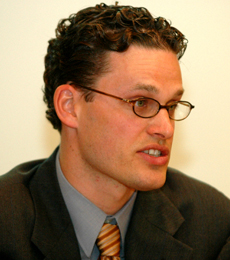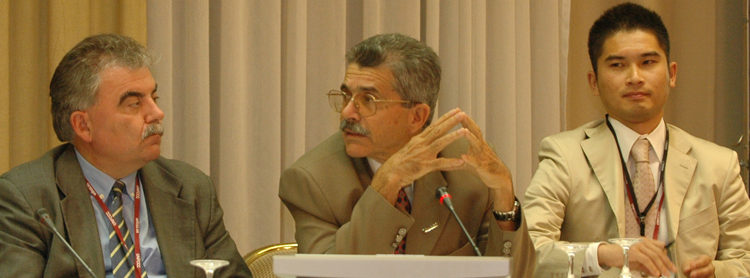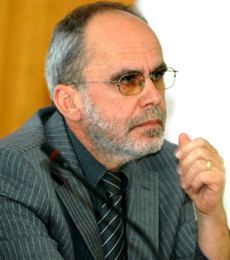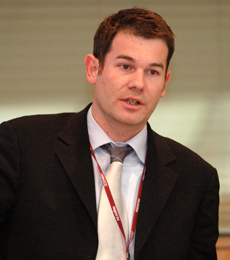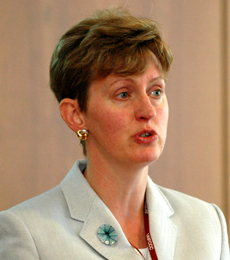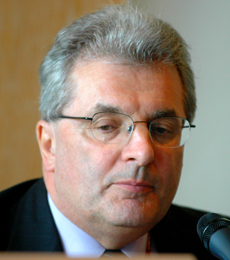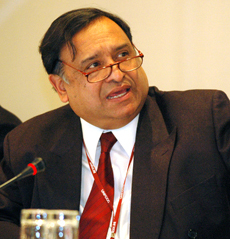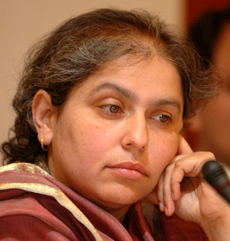Laurence Pollier, UNFCCC, discussed the mandate and objectives of the Article 6 regional workshops on education, training and public awareness. She listed the outcomes of the workshops held to date in Belgium (May 2003), the Gambia (January 2004), and Uruguay (March-April 2005).
Speaking on the workshop in Uruguay, Luis Santos, Climate Change Unit, Uruguay, noted the participation of multiple stakeholders, including representatives from governments, NGOs, the media and academia. He highlighted the need to establish a regional strategy on Article 6 activities, the importance of disseminating information across the region, and the need to hold future workshops.
Lilian Portillo, National Climate Change Programme, Paraguay, emphasized the importance of Article 6 activities in National Communications and the replication of programs identified at the workshop across the region. Noting the success of a workshop held with journalists in Paraguay, she stressed their role in disseminating information on climate change.
Luis Paz Castro, Climate Centre, Meteorological Institute, Cuba, noted the participation of academic representatives in the workshop and indicated that its outcomes have provided general guidance in the preparation of national strategies on Article 6. He emphasized the variation in the size of countries within the Latin American and Caribbean region and noted the synergies between the New Delhi Work Program on Article 6, National Communications, and Article 6 activities.
Haroldo Machado Filho, General Coordination on Global Climate Change, Brazil, expressed support for the information network system clearing house and underlined the importance of public participation and awareness raising for full implementation of the UNFCCC. He said publications and search facilities in local languages should be one of the pillars of the clearing house, and he expressed concern about financing of Article 6 activities.
Makoto Kato, Japanese Ministry of the Environment, previewed the Asia-Pacific regional workshop, to be held in Yokohama, Japan in September 2005. He introduced the meeting’s basic framework and proposed agenda.
Discussion: Participants stressed the importance of addressing language difficulties in Article 6 activities; and considered ways of responding to those skeptical of the scientific basis for climate change, as well as the role of women in Article 6 activities.





